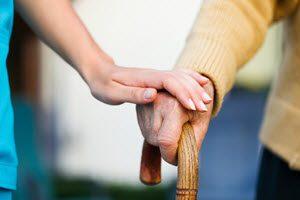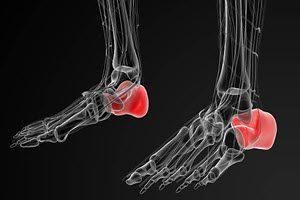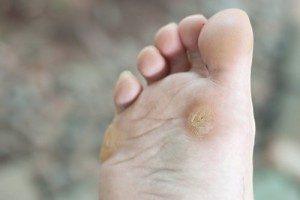
National Diabetes Week 2019
Jessica will be at Capital Chemist In Calwell to provide FREE Diabetes Assessments for those people in our community. She will assess the blood flow to the feet using an ULTRASOUND DOPPLER. Jess will also perform NEUROLOGICAL tests to determine your neurological status PLUS look at your nails/skin and FOOTWEAR. You will be provided with a letter for your doctor with your results. Make sure you pop into the chemist and get your time as bookings are essential. THURS 18th July 9am-12.30pm BOOK ONLINE HERE for a Diabetes Assessment and we can fix those cracked heels for you! Share on facebook Facebook Share on google Google+ Share on twitter Twitter





